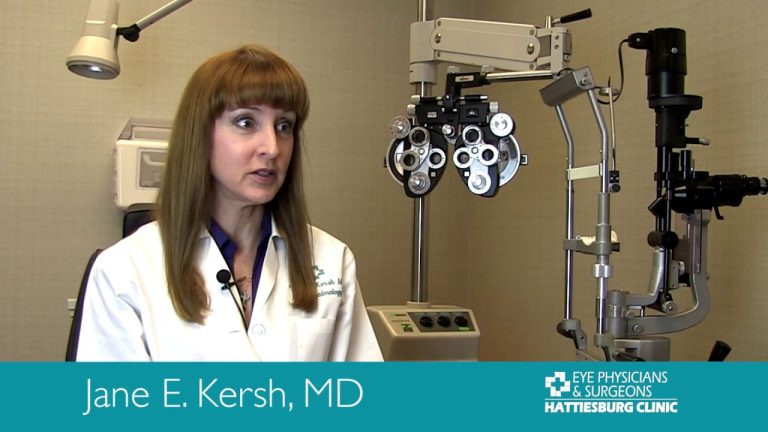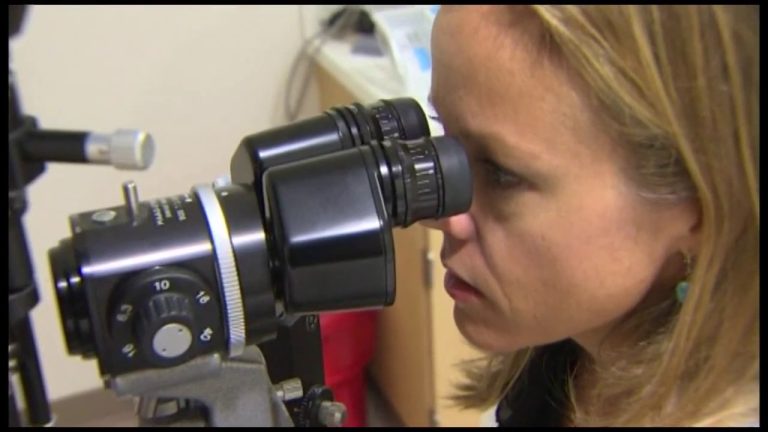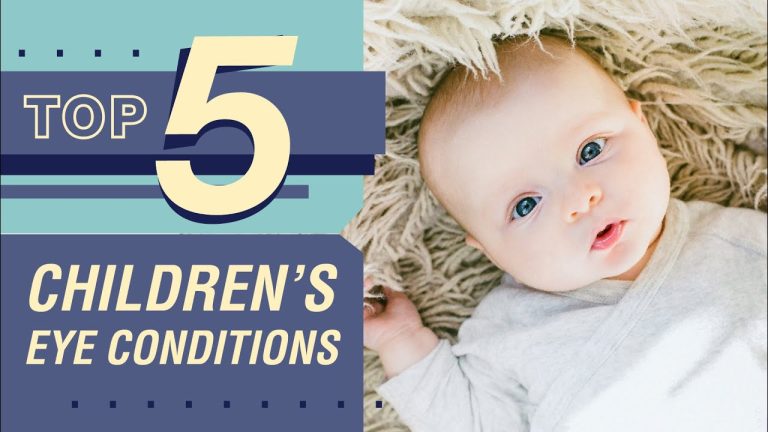Understanding Vision and Behavior Problems in Children: A Guide for Optical and Vision Care Products
When it comes to children’s health, parents are always extra cautious. However, vision and behavior problems often go unnoticed, which can severely hinder a child’s development. Vision problems like nearsightedness, farsightedness, and astigmatism are relatively common and can affect a child’s academic performance and social interactions. On the other hand, behavioral issues like ADHD can also stem from vision problems in some cases.
It is crucial for parents to stay aware of their child’s vision and behavior and take immediate action if they notice any concerning signs. Some common signs of vision problems in children include squinting, frequent headaches, eye rubbing, difficulty in reading or focusing on near and far objects, and sensitivity to light. Similarly, some signs of behavioral problems that could stem from vision issues include difficulty in concentrating, restlessness, impulsivity, and poor academic performance.
Types of Vision Problems in Children
There are several types of vision problems that children can face. Here are some of the most common ones:
- Nearsightedness: It is also known as myopia, and it means that a child can see nearby objects clearly, but distant objects appear blurry.
- Farsightedness: Also known as hyperopia, it means that a child can see distant objects clearly, but nearby objects appear blurry.
- Astigmatism: It is a condition that blurs vision at all distances. Astigmatism occurs when the cornea (the front part of the eye) is curved differently.
Impact of Vision Problems on Children
Children with uncorrected vision problems may experience difficulty in reading, doing homework, participating in sports, and even socializing with their peers. These problems can lead to frustration, low self-esteem, and poor academic performance. In some cases, vision problems can also cause developmental delays as a child’s brain struggles to process the visual information appropriately.
The Importance of Early Intervention
It is crucial to identify and address vision and behavioral problems in children as early as possible. Early intervention can prevent or minimize the impact of these problems on a child’s development. Vision problems can be corrected with glasses or contact lenses, and behavioral problems can be managed with therapy and medication if necessary. It is also essential to ensure that children receive regular comprehensive eye exams to detect any potential issues before they worsen.
The Role of Optical and Vision Care Products
Optical and vision care products, such as glasses, contact lenses, and eye drops, play a vital role in managing vision problems in children. Brands like XYZ, ABC, and DEF are known for offering a variety of high-quality vision care products that cater to the diverse needs of children. It is essential to choose products that are safe, comfortable, and long-lasting, as children tend to be very active and may require frequent replacements. Additionally, optometrists and ophthalmologists can recommend appropriate vision care products based on a child’s specific needs and preferences.
Conclusion
In conclusion, vision and behavioral problems can severely impact a child’s development and quality of life. It is essential for parents to stay vigilant and seek professional help if they notice any concerning signs. With early intervention and the right optical and vision care products, children with vision and behavioral problems can go on to lead happy, healthy, and successful lives.
Contents
Most wanted in Hoya Vision:
What are prism eyeglass lenses?
Hoya Lens Engravings
What brand lenses does Costco use?
What does +0.25 mean on an eye test?
Do tinted glasses help with migraines?
Hoya Identification Chart
Should eyeglasses cover eyebrows?
What LED light is best for broken capillaries?
What is the difference between Ray Ban RB and Rx?
Does hyperopia worsen with age?
















